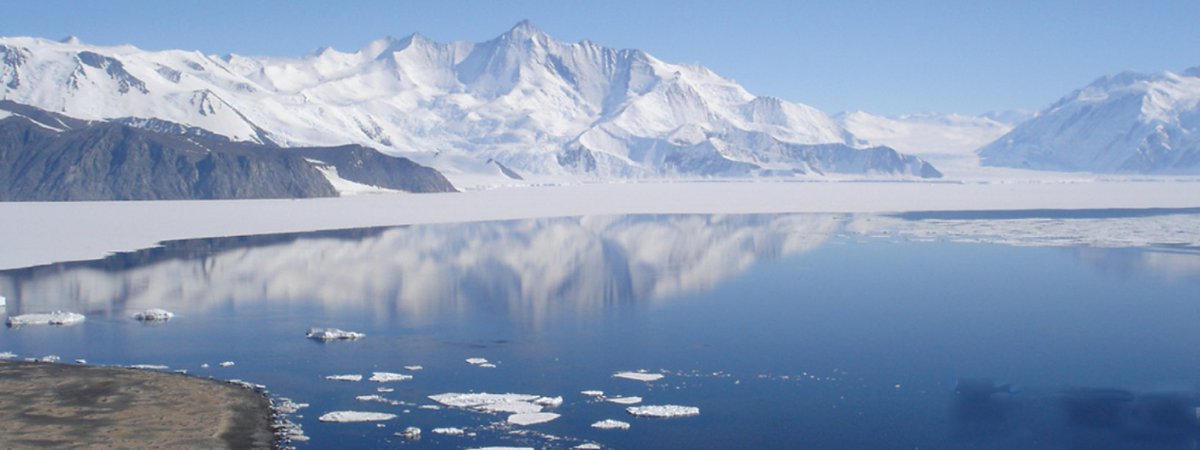Sea level, one of the best indicators of climate change, is routinely monitored since 25 years at global and regional scales by a series of high-precision altimetry missions. In addition to having provided invaluable information on the large-scale ocean circulation, satellite altimetry has shown that the global mean sea level is not only rising but also accelerating, in response to ocean warming and land ice melt. Satellite altimetry has also revealed strong regional variability in the rates of sea level change, mostly driven by redistribution of heat and fresh water by the ocean circulation in response to internal climate variability. More generally, the altimetry record is now seen as extremely useful to address questions such as: Can we close the sea level budget over the altimetry era? What is the deep ocean contribution to sea level rise and its role in the current Earth’s energy imbalance? Can we already detect the anthropogenic forcing signature in the sea level signal and separate it from the internal/natural climate variability? While it is obviously highly important to ensure sustained and ever more accurate observations of global and regional sea level variations from space, new scientific questions are now emerging that also deserve new research investments. Among these, accurate monitoring from space of sea level changes at the coast, highly under-sampled by tide gauges, must be given top priority. Indeed, sea level rise at the coast remains almost unknown globally, although it is a major concern for populations living in low-lying coastal regions. New technology like Delay-Doppler and interferometric altimetry (e.g., onboard the Sentinel-3 and SWOT missions) will be particularly suitable to monitor sea level in coastal regions, offering important information on one major contributor to climate change impacts affecting coastal zones.


